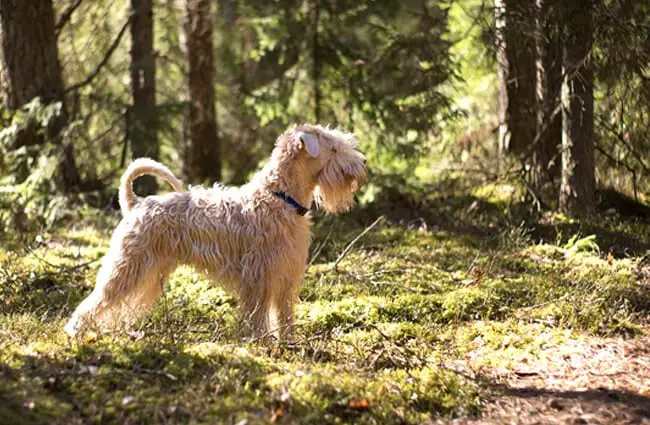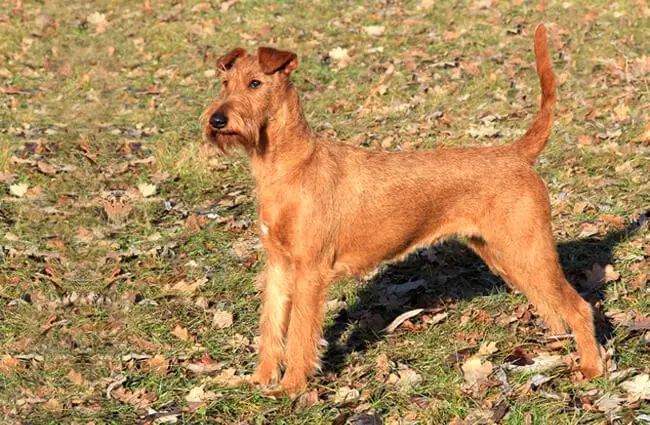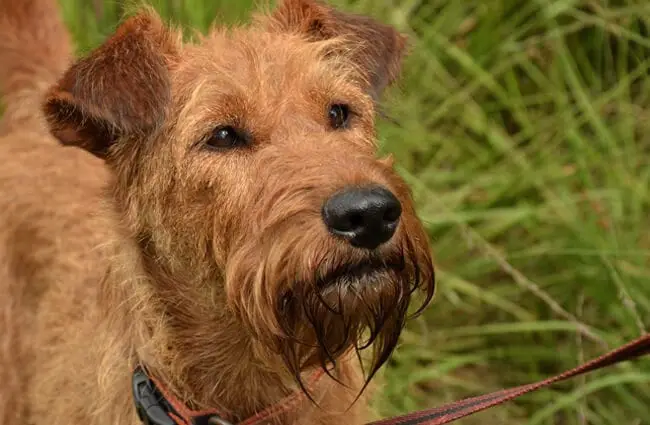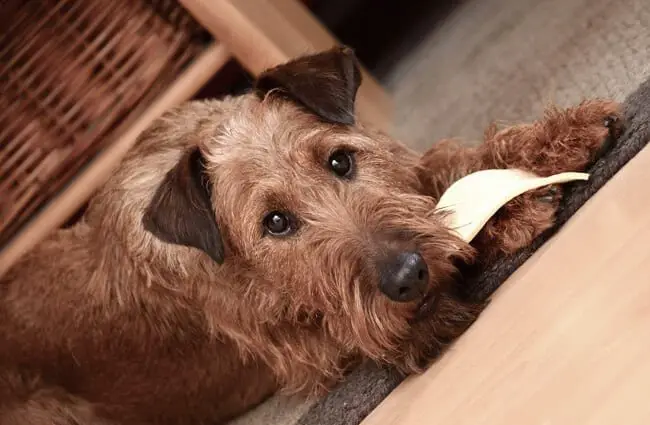The Irish Terrier, a vibrant and spirited breed, is often described as the “daredevil” of the terrier world. Originating from Ireland, these dogs possess a fascinating history, a distinctive personality, and specific needs that potential owners should understand. This comprehensive guide explores all facets of the Irish Terrier, from its historical roots to its modern‑day care requirements.

A Glimpse into History
The Irish Terrier’s lineage stretches back centuries, rooted in the working dogs of Ireland. Initially bred to serve as farm dogs, they were invaluable for ratting, vermin control, and guarding property. Their versatility led to their use as messengers during wartime, and they bravely served alongside British forces in World War I. Their courage and intelligence earned them recognition and cemented their place in canine history. While many terrier breeds were refined by Victorian fanciers, the Irish Terrier maintained much of its original working character—a trait that persists today.
Physical Characteristics
Irish Terriers are medium‑sized dogs, characterized by a compact, muscular build. Males typically stand between 18 and 20 inches tall and weigh around 27 to 30 pounds. Females are slightly smaller, measuring 17 to 19 inches and weighing 25 to 28 pounds. Their coat is dense, wiry, and water‑resistant, traditionally red, wheaten, or brindle. A distinctive feature is their V‑shaped ears that fold forward. Regular grooming, including stripping or clipping the coat, is essential to maintain its texture and appearance.

Environment and Lifestyle
Irish Terriers are energetic dogs requiring a significant amount of daily exercise. They thrive in active households with plenty of opportunities for play and exploration. Long walks, runs, and games of fetch are crucial to keep them physically and mentally stimulated. While adaptable, they are best suited for homes with securely fenced yards where they can roam and play safely. Apartment living is possible with dedicated exercise routines, but a house with a yard is preferable. They are not ideally suited for sedentary lifestyles.
Temperament and Behavior
The Irish Terrier’s personality is as vibrant as its coat. They are known for their intelligence, independence, and playful spirit. They are loyal to their families but can be wary of strangers. Early socialization is critical to ensure they develop into well‑adjusted companions. They possess a strong prey drive and may chase small animals, so caution is advised around cats and other small pets. Despite their playful nature, they can be protective and make excellent watchdogs. Their determination and independence mean they can sometimes be stubborn during training, requiring patience and consistency.

Training and Socialization
Irish Terriers are intelligent but independent thinkers. Positive reinforcement training methods work best, rewarding desired behaviors with treats, praise, and toys. Due to their stubborn streak, consistency and patience are key. Short, engaging training sessions are more effective than long, monotonous ones. Early socialization is paramount. Exposing puppies to a variety of sights, sounds, people, and other animals helps them develop into well‑rounded adults. Enrollment in puppy classes is highly recommended. They excel in canine sports such as agility, flyball, and obedience, providing both mental and physical stimulation.
Grooming and Health
The Irish Terrier’s wiry coat requires regular grooming to maintain its health and appearance. Weekly brushing helps remove loose hair and prevent matting. Stripping, a technique that removes dead hair from the root, is traditionally used to maintain the coat’s texture and color. Alternatively, clipping can be used, but it may soften the coat. Regular ear cleaning and nail trimming are also essential. Like all breeds, Irish Terriers are prone to certain health conditions. These include hip dysplasia, progressive retinal atrophy, and cystinuria. Responsible breeders screen their dogs for these conditions to minimize the risk of passing them on to future generations. A healthy diet and regular veterinary check‑ups are vital for maintaining the dog’s wellbeing.

Dietary Needs
A high‑quality diet formulated for medium‑sized, active dogs is essential. The diet should be rich in protein and healthy fats to support their energy levels and muscle development. The amount of food will vary depending on the dog’s age, activity level, and metabolism. Avoid overfeeding, as Irish Terriers can be prone to weight gain. Fresh water should always be available. It’s important to choose a food that uses quality ingredients and avoids fillers and artificial additives.
Specific Care Considerations
Irish Terriers have a high energy level and require ample opportunities for exercise. They also need mental stimulation to prevent boredom and destructive behavior. Puzzle toys, interactive games, and training sessions can help keep them engaged. Because of their strong prey drive, they should be kept on a leash or in a securely fenced area when outdoors. Early and consistent socialization is crucial to ensure they develop into well‑adjusted companions.

The Irish Terrier is a captivating breed, brimming with personality and energy. They are not a breed for the faint of heart, requiring a dedicated owner who can provide them with the exercise, training, and socialization they need to thrive. However, for those willing to meet their needs, the Irish Terrier offers unwavering loyalty, endless entertainment, and a truly rewarding companionship. They are a testament to the enduring spirit of the working terrier and a beloved breed for generations.






![Red Angus Closeup of a beautiful Red Angus cowPhoto by: U.S. Department of Agriculture [pubic domain]https://creativecommons.org/licenses/by/2.0/](https://animals.net/wp-content/uploads/2020/03/Red-Angus-4-100x75.jpg)

